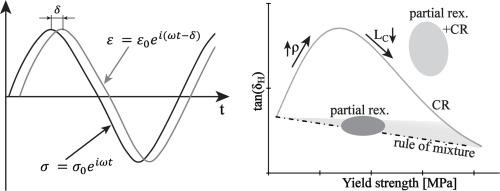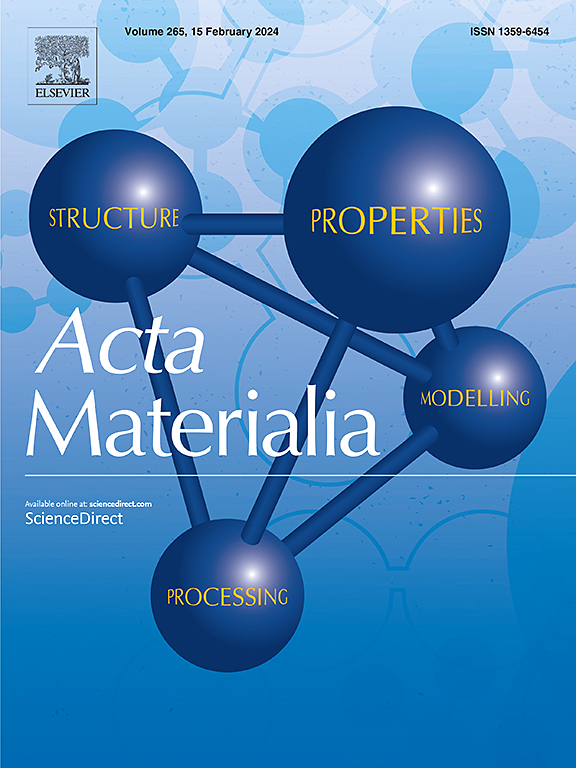Understanding thermo-mechanical processing pathways to simultaneously increase strength and damping in steels
IF 8.3
1区 材料科学
Q1 MATERIALS SCIENCE, MULTIDISCIPLINARY
引用次数: 0
Abstract
In fluctuating load environments, the application of self-damping materials is advantageous due to their ability to reduce vibrations by dissipating heat resulting from internal lattice friction encountered by moving defects. For possible future uses in load bearing applications, this study investigates the impact of work hardening and partial recrystallization to enhance the strength of high-damping Fe-Mn based steels. A modified Granato-Lücke model is employed to describe the observed damping properties based upon the oscillation of extended dislocations. The application of pre-strain to introduce an optimal density and length combination of the partial dislocation segments, is found to increase the damping properties to over 230 % of the as received level, while simultaneously increasing the yield strength from 330 MPa to 580 MPa. A correlation is established between the damping properties and the microstructural evolution, suggesting a relation between the optimal pre-strain level and the transition between strain hardening regimes. The applicability of these findings to extended dislocation based damping properties is discussed in the context of 304 stainless steel. Furthermore, a combination of partial recrystallization with additional cold working is shown to offer an improved property combination at higher yield strengths, e.g., enhancing the damping loss tangent from to 0.021, and the uniform elongation from 6 % to 14 % for a yield strength around 920 MPa. Ultimately, the combination of partial recrystallization and additional cold working is demonstrated as a promising approach for developing high-strength, high-damping steels.

求助全文
约1分钟内获得全文
求助全文
来源期刊

Acta Materialia
工程技术-材料科学:综合
CiteScore
16.10
自引率
8.50%
发文量
801
审稿时长
53 days
期刊介绍:
Acta Materialia serves as a platform for publishing full-length, original papers and commissioned overviews that contribute to a profound understanding of the correlation between the processing, structure, and properties of inorganic materials. The journal seeks papers with high impact potential or those that significantly propel the field forward. The scope includes the atomic and molecular arrangements, chemical and electronic structures, and microstructure of materials, focusing on their mechanical or functional behavior across all length scales, including nanostructures.
 求助内容:
求助内容: 应助结果提醒方式:
应助结果提醒方式:


